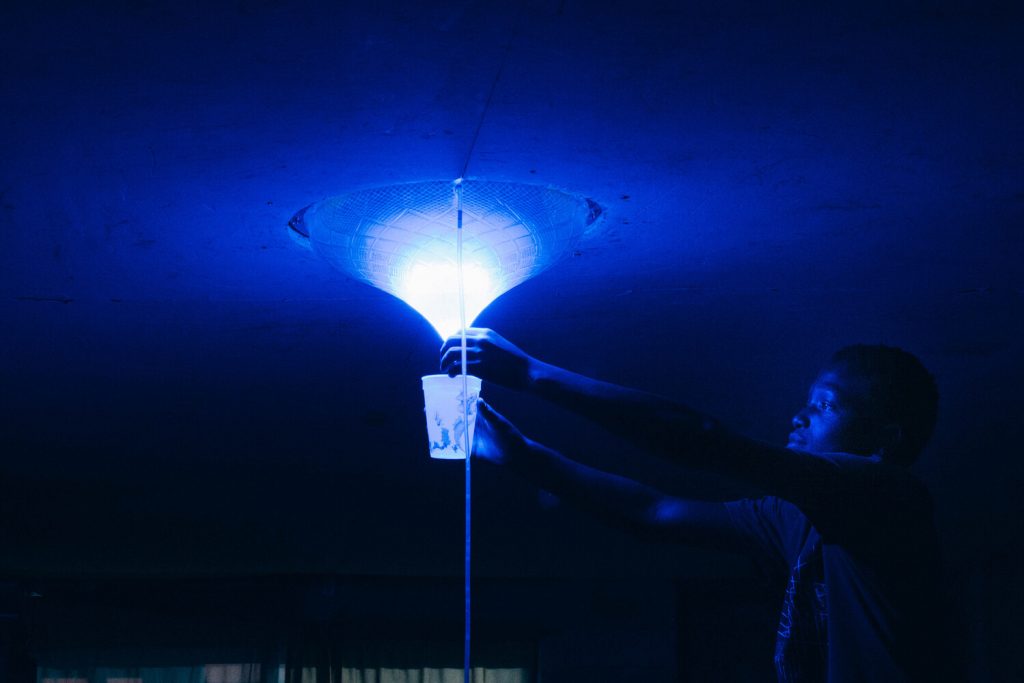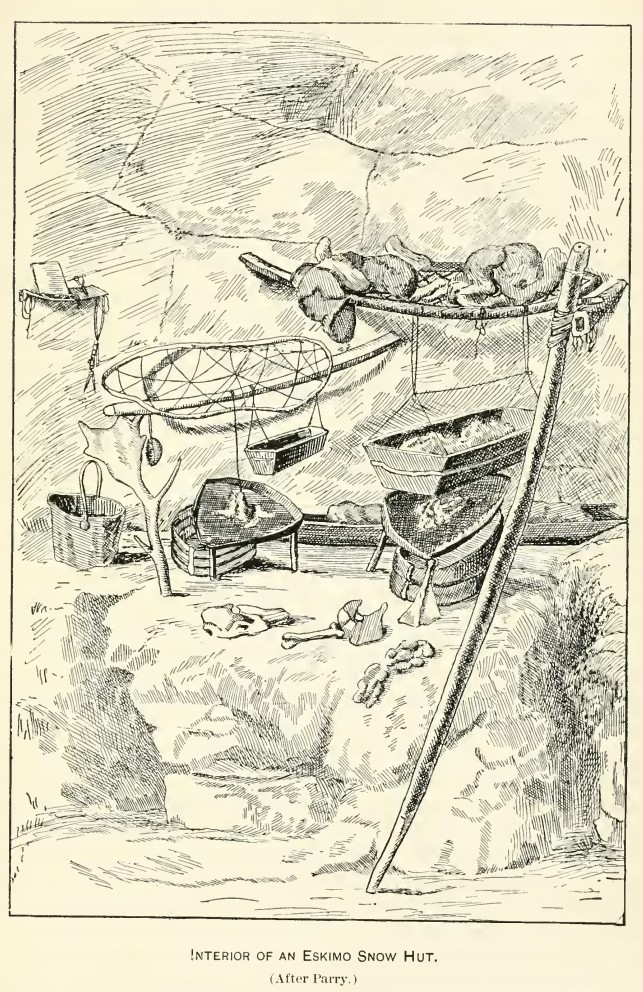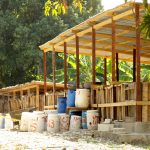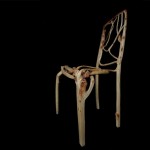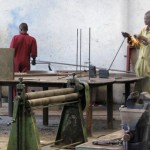Low-tech Magazine’s bike generator powers a record player. No batteries are involved: a buck converter in the control panel keeps the voltage output constant at 12V. Power use is very low and pedaling is easy. Record: Jean-Jacques Perrey et son Ondioline.
Build your own bike generator.
We also published a video of our pedal powered video projector.
